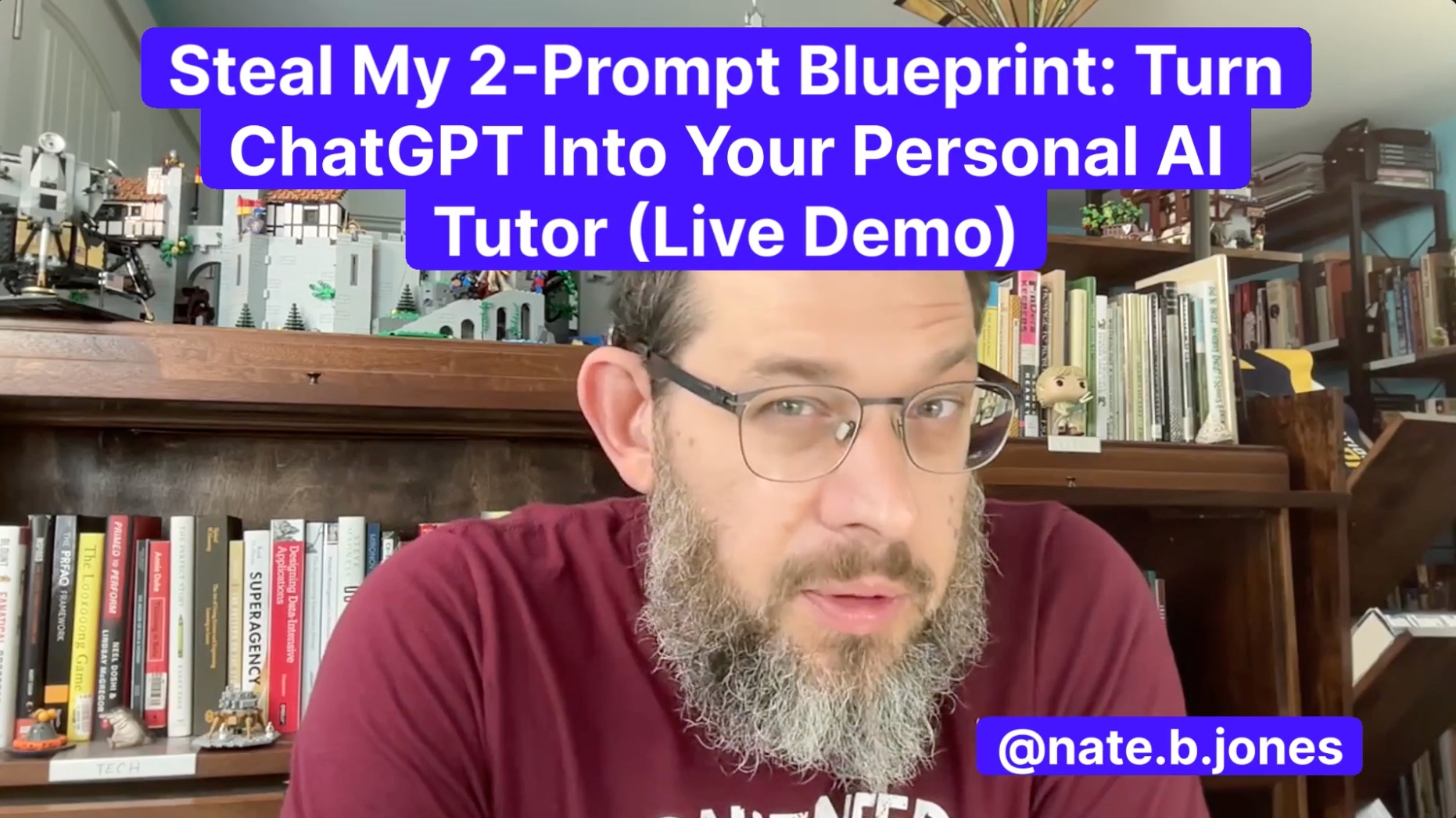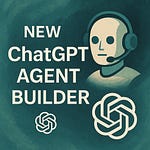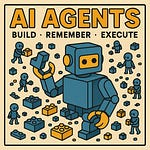Why Prompt Structure Matters More Than You Think
Here’s an uncomfortable truth: nearly everyone writing AI prompts is overlooking the single most important factor that shapes outcomes—not creativity, not clever phrasing, but exactly how the fundamental structure of the prompt shapes results.
Sure, prompt structure gets lots of lip service these days, but beyond tactical clickbait very few people explain in detail why prompt structure works the way it does. That changes today.
In fact, most prompt advice is outdated or vague once you get beyond a five minute read.
Let me give you one example to illustrate how confusing it gets: “Give the AI a role,” some say, as if telling the model it’s a chef or marketer magically unlocks better results. Or maybe lately you get the opposite advice: “don’t give the AI a role it doesn’t help.”
Ok. Fine. You can’t agree but that’s missing the point. The point is this: What role does a role play (haha) in a prompt? Structurally? Roles can sometimes have a structural purpose even if it’s not accuracy. They don’t just tell the model what to be or how accurately to answer—they act as triggers to invoke a particular corner of latent space. You’re not instructing an expert; you’re activating a sophisticated web of learned associations and mental models embedded deep within the AI’s “brain.”
And there’s tons more like that. The bottom line is that I’ve dug through countless AI communities and tutorials, and I haven’t found anyone breaking down muscular prompts side-by-side with an eye on the ‘why’ of structure like this, exposing how subtle tweaks in structure dramatically transform AI interactions. Today, you’re getting something unusual and deeply needed: a forensic, side-by-side comparison of two prompts with the exact same goal but profoundly different architectures.
Why does this matter? Because the prompts you write aren’t one-off instructions anymore—they’re the backbone of entire conversational systems. The difference between a prompt that works and one that reshapes your workflow isn’t minor tweaks; it’s architectural thinking. It’s understanding in detail how cognitive load, semantic space, and progressive disclosure shape not just responses but entire learning journeys.
Inside this breakdown, you’ll discover:
How and when to move the model into question mode both when you’re an expert in your subject and when you’re brand new
How getting precise with setting defaults and constraints in the prompt can turn an intimidating AI interaction into a seamless educational experience
The hidden triggers for the LLM behind phrases like “12-week curriculum” and “minimum viable mode”
And tons more. Like seriously this thing is the most detailed anatomy of a single prompt pair I have ever done or seen anywhere on the internet
This isn’t abstract theory—it’s immediately applicable stuff you can put to work in your prompts in a few minutes today. Whether you’re a marketer, a developer, or an executive, you’ll walk away knowing exactly how to craft prompts that transform AI from a tool into a powerful collaborator.
Stop treating your prompts like commands. Start treating them like blueprints. Your next breakthrough isn’t waiting for smarter AI—it’s waiting for smarter structure.
Listen to this episode with a 7-day free trial
Subscribe to Nate’s Substack to listen to this post and get 7 days of free access to the full post archives.













